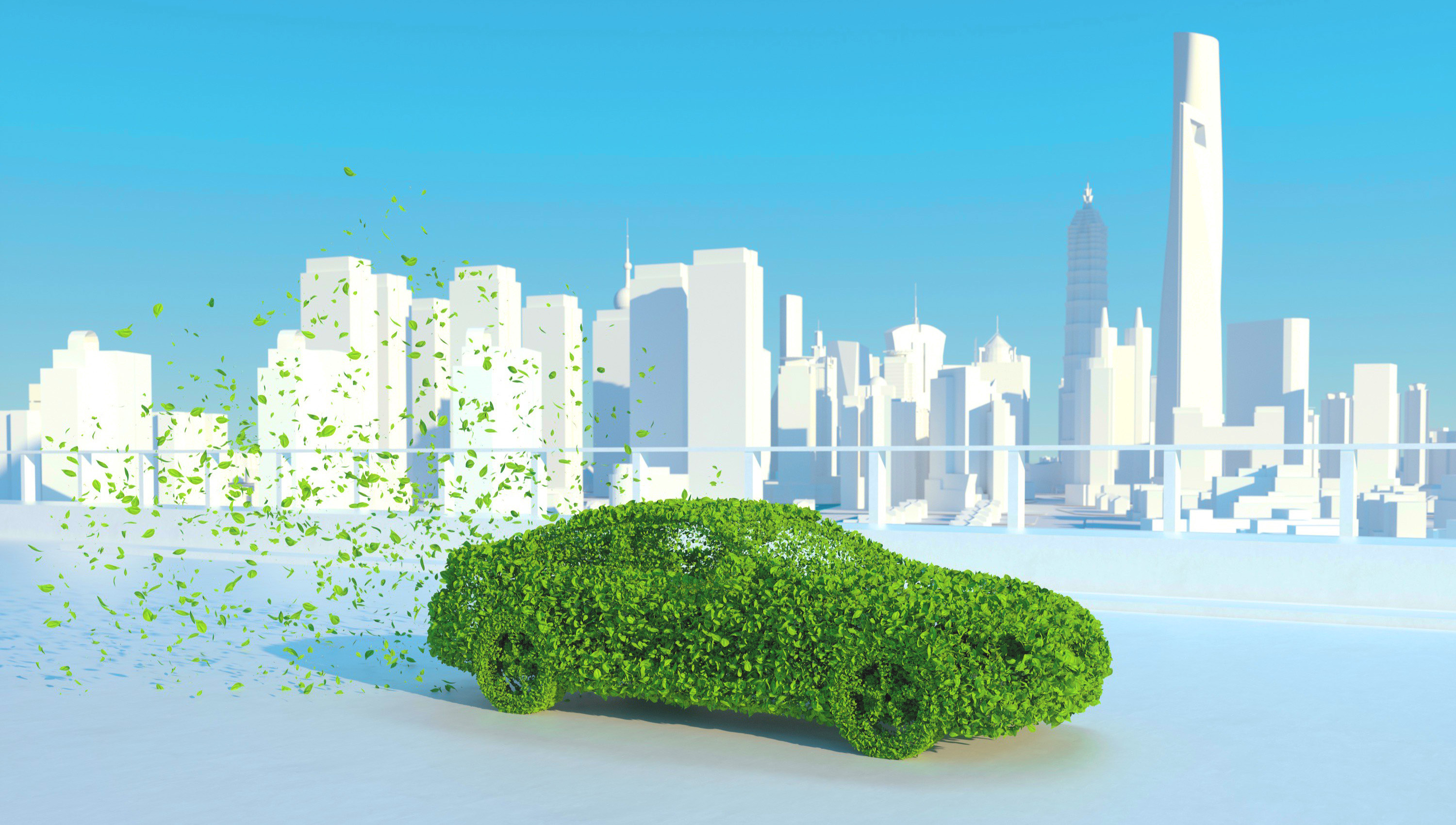
The word ‘sustainable’ has become a bit of a flag for businesses to wave around in order to appeal to customers. But what does it really mean, and how does it really apply to the fleet industry?
These days, the term ‘sustainable’ is mostly defined in one of two ways:
- In reference to the environment and how countries, businesses and individuals can make changes to ensure the integrity, and recovery, of the earth’s biosphere.
- In reference to businesses and how they can be set up or adapted in order to maintain a level of success and longevity.
When it comes to the fleet industry, real sustainability takes both definitions into consideration: if your fleet is sustainable both in operational and environmental terms, you are following the best practice. But what does this look like in real life?
Environmental sustainability
This depends on the size, shape, and purpose of your fleet. In most cases, fleets operating throughout Africa, focus on engine and fuel type, as well as route optimisation and driver training, to reduce fuel consumption and emissions.
Not only does this make your fleet more environmentally friendly, but it also lowers costs related to fuel and likely tyres and vehicle maintenance as well. This, in turn, boosts your business sustainability, which shows just how intricately linked the two above-mentioned definitions are.
Within a business, and specifically fleet, the following steps can be taken to improve environmental sustainability:
- Reducing water usage (by using greywater/water-saving technology for vehicle cleaning)
- Reducing electricity usage in offices, depots and warehouses by installing energy-saving lights/appliances/grids.
- Reducing the need for paper by digitising business processes.
- Joining recycling programs.
One of the biggest questions always comes back to the use of electric vehicles, and the current reality is that while electric vehicles are more environmentally friendly as a standalone case study, it’s not necessarily the case for local fleets just yet.
Due to limited electric vehicle options in terms of size and range, most fleets would need to acquire more vehicles than they currently have in order to run an electric fleet. This means not only additional purchase costs but also additional maintenance and tyre use etc. Add to that the fact that South Africa’s electricity is still mostly derived from coal, so an electric fleet might not reduce your overall CO2 footprint to justify the additional cost.
A more realistic local model is that of a hybrid fleet: incorporating electric vehicles where it makes financial and operational sense.
Business sustainability
While environmental sustainability is a part of overall business sustainability, it is only a part of the bigger picture. The order of importance will vary, but in order to achieve business sustainability, it’s important to include:
- Optimised operational planning
- Regular industry best-practice checks
- Ensuring your fleet and business are flexible enough to withstand unforeseen circumstances such as the current global pandemic
- Consistently upgrading your BEE status
- Continuous upskilling
- Retention of skilled staff
- Digitisation
Depending on your type of business and fleet, there will be points that you can add/delete to the above. The take-home message, however, is that a truly sustainable fleet needs to keep optimising across various aspects of the fleet and business as a whole, and can’t simply focus on one area.
Find out how to give your fleet the analytical advantage to keep your fleet running efficiently.
